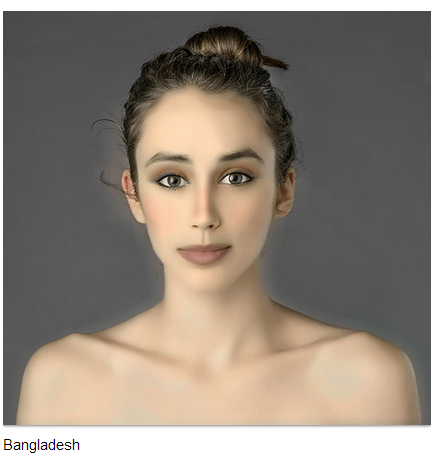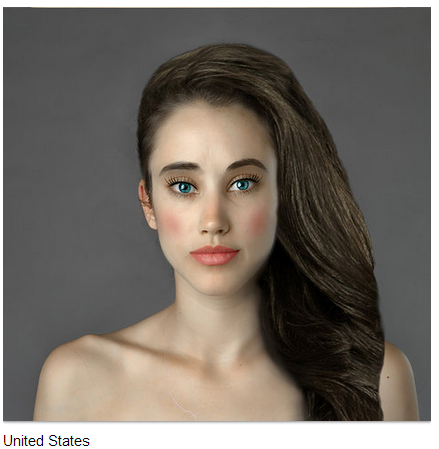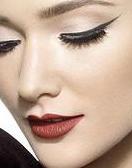Hi everyone,
Today I came across a really interesting piece that I couldn’t wait to share with you all.
Titled ‘Before & After’, Journalist and Blogger Esther Honig began this project to take a look at and compare how the definition of beauty and its standards varied internationally.
‘In the U.S. Photoshop has become a symbol of our society’s unobtainable standards for beauty. My project, Before & After, examines how these standards vary across cultures on a global level. ‘Photoshop allows us to achieve our unobtainable standards of beauty, but when we compare those standards on a global scale, achieving the ideal remains all the more illusive.’
She contacted over 40 individuals from over 25 countries via freelancing platforms, some experts and some amateur with ‘the hope that each designer will pull from their personal and cultural constructs of beauty to enhance my unaltered image, all I request is that they ‘make me beautiful’.’
Below is the original unaltered image she submitted to the freelancers as well as the images she received from them after editing.

All images sourced from Esther Honig
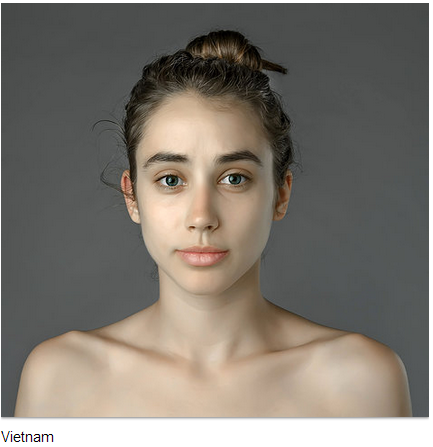
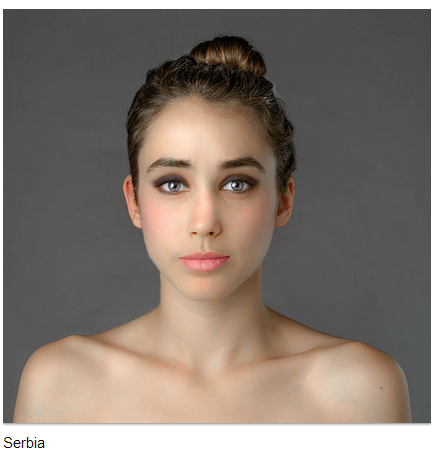
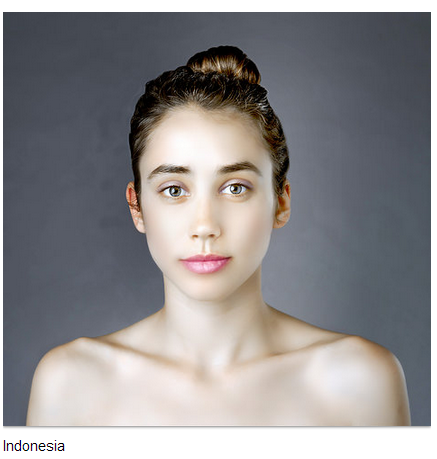
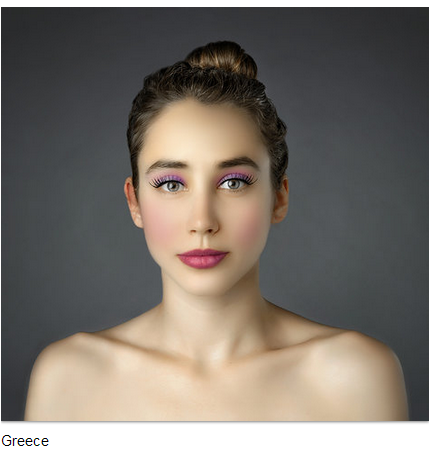

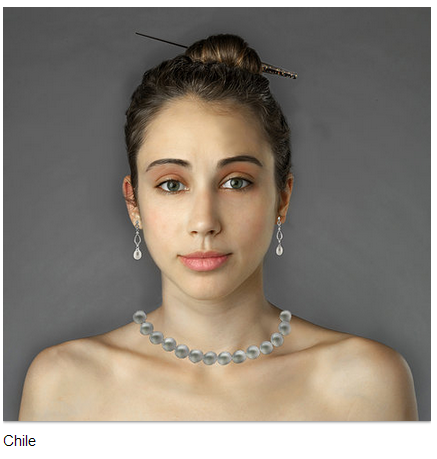
It’s very interesting to see that there are evident differences in the perceptions of beauty. Preferences on skin tone and eye color are prevalent but while some of the images depict a very natural view of beauty, others include slimmed down features, thinner eyebrows, the application of makeup and even different hairstyles.
I have to agree with her view that the use of Photoshop in the media is adding to create certain standards and an overall image of ‘what is beautiful’. Although the images from this project depict quite a range of differences of what beauty is to a certain person in a certain country, larger media publications do seem to have a specific criteria when photoshopping by removing wrinkles, smoothing out the face, slimming down facial features, peoples bodies and the like.
I think photoshop is somewhat inescapable in the media these days with most magazine covers and feature images altered in some way. Even nowadays, when a celebrity goes makeup free on a shoot or doesn’t have their image edited, it creates such a reaction because society is so used to having them look picture perfect when featuring on the cover or in a feature of a magazine that a untouched photo or going makeup free is totally out of the norm. There are times where due to the excessive use of photoshop during editing, images depict an almost different person .
Personally, I do think that it has quite an effect on those who view the images, especially the younger generations and teenagers in society. They definitely look up to certain members in society and because of the repeated exposure to their photoshopped images, they come to think that that is what beauty is – from the totally smooth skin, not a hair out of place, thin limbed celebrities. While these celebrities are beautiful in those images, they’re beautiful even before the photoshop! But by seeing those retouched images, younger society strives for perfectly smooth skin and a thin nose and when they can’t achieve this, they take somewhat drastic measures to rectify this. At the end of the day, nobody is perfect but the prevalent use of photoshop is creating an image that there is perfection and standards that define what beauty is.
While I understand the need to use photoshop on images to balance colours, remove a bruise from an arm, cover up a pimple and erase those 3 strands of frizzy hair that are sticking up, I definitely think that the excessiveness of using photoshop on images is a problem when after the editing is complete, the photoshop is obvious and they look vastly different to the untouched photographed image.
To read Esther Honig’s full post and view all the images, visit her website here.
I’d love to hear your thoughts on Esther Honig’s project and your views on Photoshop. Leave a comment below!
That’s all for now,
triedandtestedblogger XOXO
